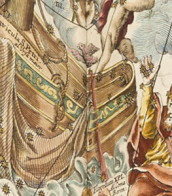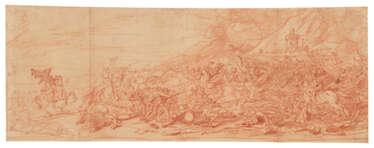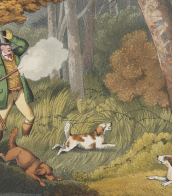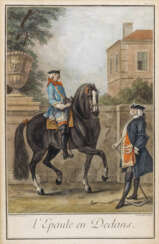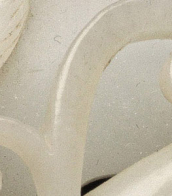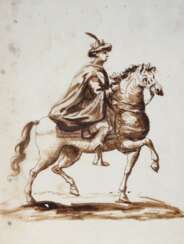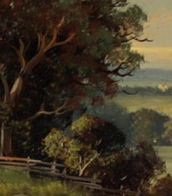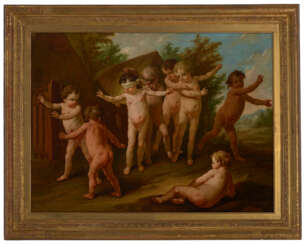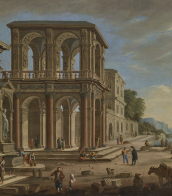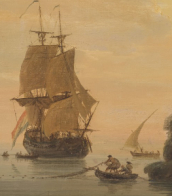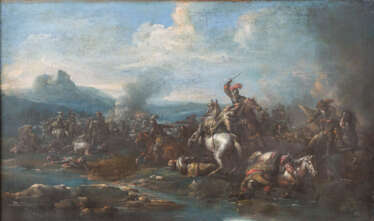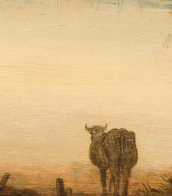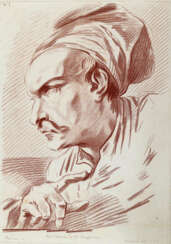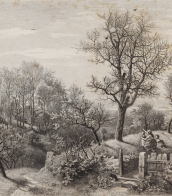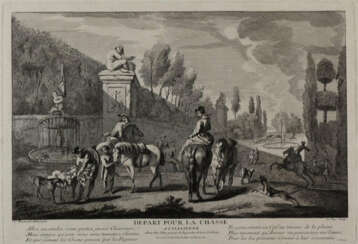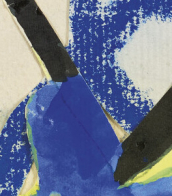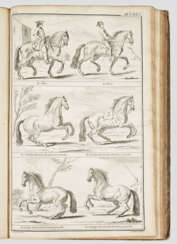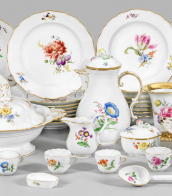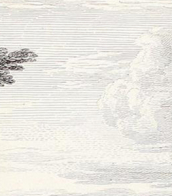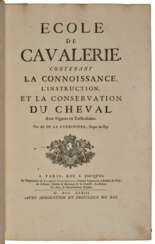parrocel
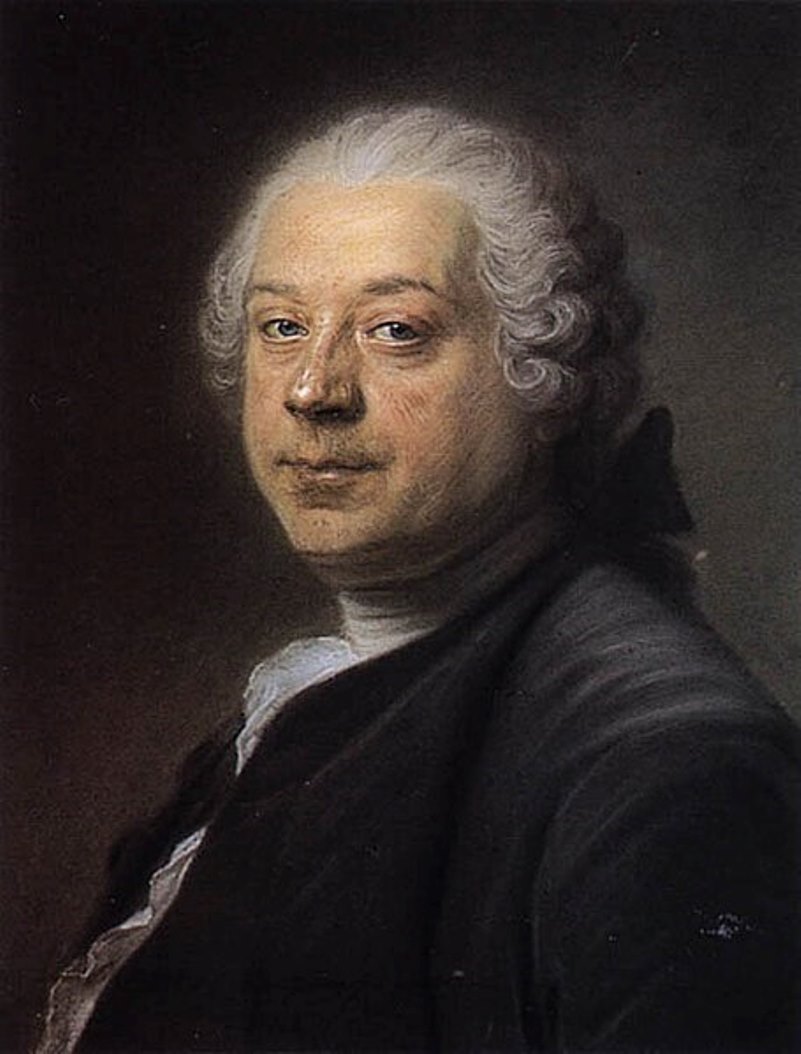
Charles Parrocel is a French painter-batalist and printmaker of the early rococo era.
Charles is a member of the Parrocel dynasty of artists and received his first lessons in painting from his father - the famous painter Joseph Parrocel, and then studied at the French Academy in Rome. Returning in 1721 in Paris, Charles Parrocel engaged exclusively in battle painting. For the painting "Battle of Infantry and Cavalry" in 1737 he was awarded the title of academician of painting and was admitted to the Royal Academy.
Charles Parrocel was a court battle painter and also painted paintings of hunting scenes. In the first half of the 18th century, he was one of the most famous and respected painters in Europe.
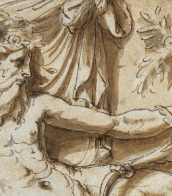

Charles Parrocel is a French painter-batalist and printmaker of the early rococo era.
Charles is a member of the Parrocel dynasty of artists and received his first lessons in painting from his father - the famous painter Joseph Parrocel, and then studied at the French Academy in Rome. Returning in 1721 in Paris, Charles Parrocel engaged exclusively in battle painting. For the painting "Battle of Infantry and Cavalry" in 1737 he was awarded the title of academician of painting and was admitted to the Royal Academy.
Charles Parrocel was a court battle painter and also painted paintings of hunting scenes. In the first half of the 18th century, he was one of the most famous and respected painters in Europe.
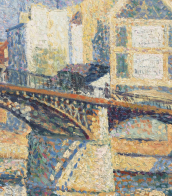

Charles Parrocel is a French painter-batalist and printmaker of the early rococo era.
Charles is a member of the Parrocel dynasty of artists and received his first lessons in painting from his father - the famous painter Joseph Parrocel, and then studied at the French Academy in Rome. Returning in 1721 in Paris, Charles Parrocel engaged exclusively in battle painting. For the painting "Battle of Infantry and Cavalry" in 1737 he was awarded the title of academician of painting and was admitted to the Royal Academy.
Charles Parrocel was a court battle painter and also painted paintings of hunting scenes. In the first half of the 18th century, he was one of the most famous and respected painters in Europe.
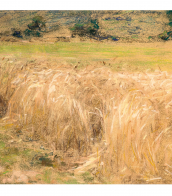
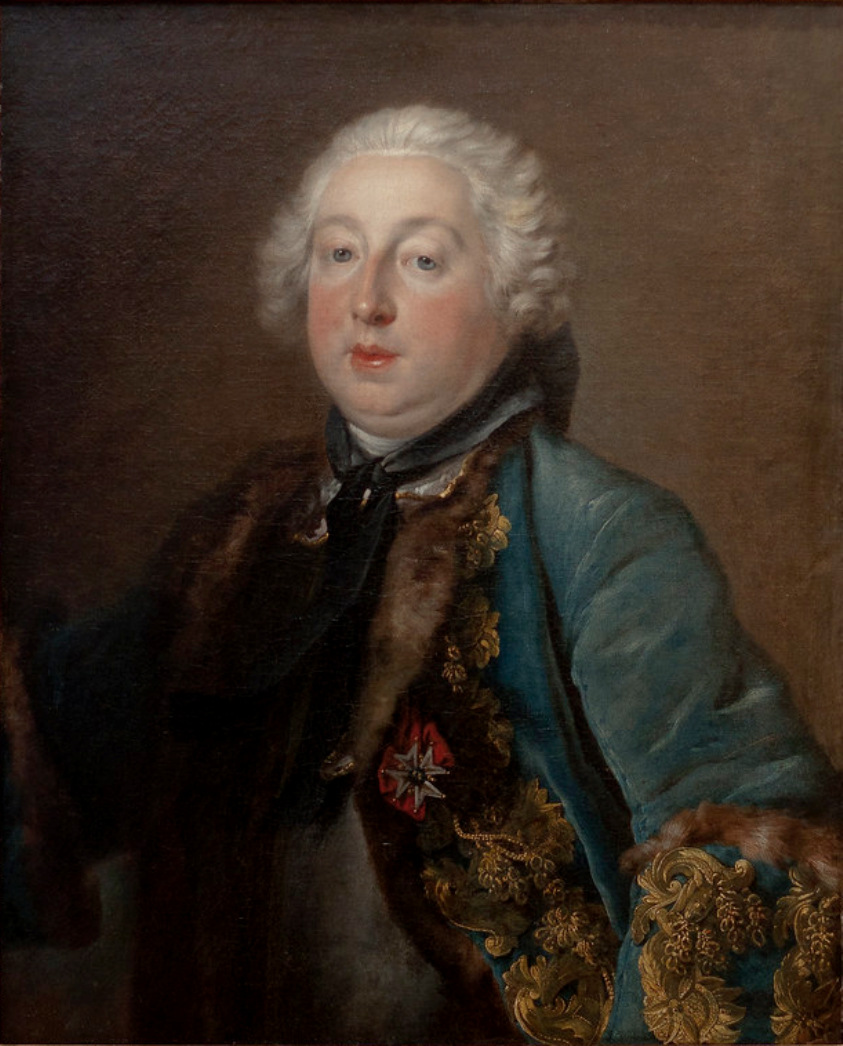
François Robichon de la Guérinière was the French founder of classical dressage and a teacher.
La Guérinière was a pupil of Antoine de Vandale. In 1715, he received the title of royal knight and opened a riding school in Paris. At his school, de la Guérinière taught not only riding, but also "the complete science of the horse." De la Guérinière wrote two books, L'École de Cavalerie (1731) and Eléments de Cavalerie (1740), which are still considered the "Equestrian Bible," in which he devotes many pages to the care of the horse. Illustrations include plans and diagrams, anatomical and medical images, portraits of the author's most distinguished pupils, and a skeleton of a horse.
La Guérinière had a major influence on horse training tactics, riding and dressage practice. He is considered the founder of modern riding, his style is a clear reflection of the clarity, elegance and rigor of his teachings. In 1730, de la Guérinière was appointed director of the Tuileries Academy and held this position for the rest of his life.


François Robichon de la Guérinière was the French founder of classical dressage and a teacher.
La Guérinière was a pupil of Antoine de Vandale. In 1715, he received the title of royal knight and opened a riding school in Paris. At his school, de la Guérinière taught not only riding, but also "the complete science of the horse." De la Guérinière wrote two books, L'École de Cavalerie (1731) and Eléments de Cavalerie (1740), which are still considered the "Equestrian Bible," in which he devotes many pages to the care of the horse. Illustrations include plans and diagrams, anatomical and medical images, portraits of the author's most distinguished pupils, and a skeleton of a horse.
La Guérinière had a major influence on horse training tactics, riding and dressage practice. He is considered the founder of modern riding, his style is a clear reflection of the clarity, elegance and rigor of his teachings. In 1730, de la Guérinière was appointed director of the Tuileries Academy and held this position for the rest of his life.
